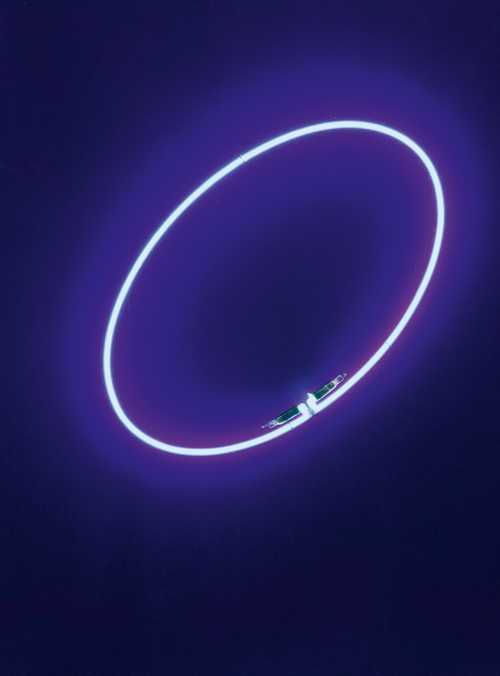
Lot 3465 - A181 PostWar & Contemporary - Saturday, 01. July 2017, 01.30 PM
CHRISTIAN HERDEG
(Zurich 1942–lives and works in Zurich)
Untitled. 1989.
Acrylic on wood, neon tube and plexiglass.
Signed, dated and numbered on the reverse: Herdeg 1989 I/II.
91.5 x 68.5 cm.
Provenance:
- Artist's studio.
- Purchased directly from the artist by the present owner, since then privately owned Switzerland.
It was only in the 1960s that electric light found its way into art, although the medium of light had “since the 1920s turned the boulevards and facades of metropolitan cities into seductive, glistening scenarios of consumption” (quoted in: Volker Schnuck, in: Schnuck, Volker. Christian Herdeg, Basel 1992, p. 8.) Slowly, American artists in particular, such as Dan Flavin, Bruce Nauman and James Turell began to experiment with neon light. In Europe it was Lucio Fontana, François Morellet and the ZERO artists who explored the medium.
The Swiss artist Christian Herdeg, who began to make light the subject of his art at the end of the 1960s, is therefore one of the pioneers of Light Art. His exhibition at the Haus Konstruktiv in Zurich which closed just recently, offered an impressive overview of the development of his work from the 1970s to the present day. Herdeg has pursued a concept of his own, unlike that of artists such as Flavin and Turrell, however. He does not create environments but concentrates on the “dialogue between the linear bodies of light and the pictorial surface” (quoted in: Deborah Keller, in: Schaschl, Sabine (ed.): Christian Herdeg. Lyrical Minimalism, Zurich 2017, p. 29). Correspondingly, these are works which are presented on the floor or on plinths, or, as in the case of the present work, installed on the wall as a kind of relief. Owing to his early contacts with the Zurich Concrete artists such as Max Bill and Richard Paul Lohse, time and again he is associated with them, but does not exactly regard himself as belonging to that group – at least not as a representative of the manifesto of 1938.
Light Art offers the artist a great deal of scope for experimentation and creative freedom, but works using hand-made neon or argon tubes are expensive. Herdeg overcame the limitations of the colour range of the light tubes with a long-standing collaboration with Heidelberg’s Leuchtstoffwerke factory and together they devised around 300 colour hues. Current works of course increasingly make use of light emitting diodes and LED lighting.
The two works offered here date from the 1980s, and show to great effect that Light Art can produce the most diverse images through different forms of implementation.
In this work, Herdeg does not place light against light, but light against colour, whereby our visual perception is challenged. Here we see not an opposition but a dialogue, producing an image of great quality. The entirely different perception is reinforced by the ellipse of the neon tube, which lends a further dynamism to the whole piece.
The second work (Lot 3468) belongs to the series “Licht auf Licht”. “Two differently coloured neon tubes, separated only by a large acrylic pane, and placed horizontally in front of each other on the wall. Coloured light bounced off coloured light, without being affected by materials such as metal, rubber or pigment. (...) The perception of coloured light became central. Thus the neon tube was reduced to a line, while the technical elements were clearly visible. And the stabilizing acrylic case became the pictorial space of an area of colour which changed according to the light conditions in that space.” (quoted in: Yvonne Ziegler, ibid, p. 9).
CHF 7 000 / 9 000 | (€ 7 220 / 9 280)
Sold for CHF 8 750 (including buyer’s premium)
All information is subject to change.
